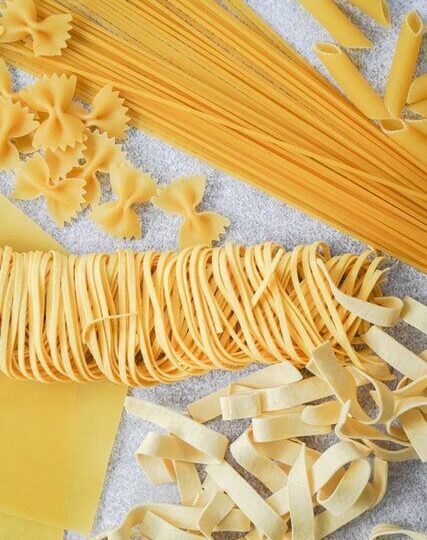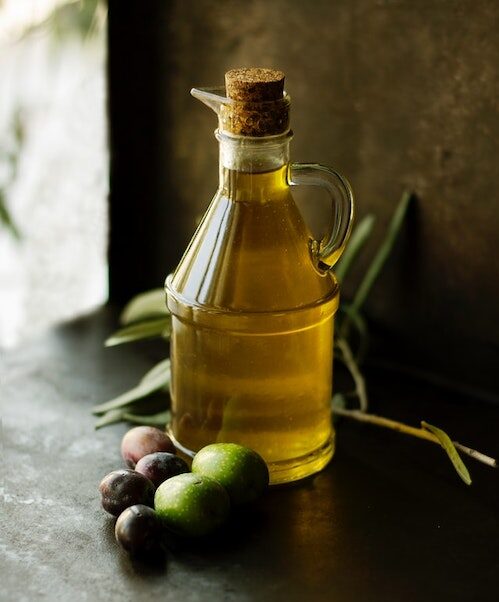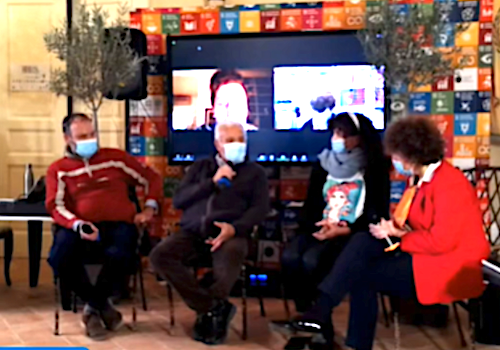The Iconic Value Chains of the Mediterranean Diet
The agri-food system of the Mediterranean region is a unique melting-pot of diversity: morphological and hydrogeological diversity (geo-diversity); diversity of crop varieties (agro-biodiversity); landscape diversity; diversity of flora and fauna (bio-diversity).
The truth is that we cannot separate the territory from its agricultural production. Every territory has its own identity and it is expressed in its own production.
The main actors in Mediterranean agricultural landscapes are undoubtedly the small local farmers, who play an essential role in preserving the biodiversity and agricultural wealth of the entire Mediterranean basin, as well as nurturing and safeguarding local ecosystems, natural resources, and landscapes.
Today, directly from the Paideia Campus, we had the chance to connect with some of the people on the front line of protecting the most iconic Mediterranean Products, representing consortia, networks, and cooperatives.
Mozzarella
Producing mozzarella is, first of all a ritual, the ritual of “mozzare” (to cut) the pasta filata. It is wisdom and craftsmanship, it is quality. The same quality that exists in the Mozzarella di Bufala Campana (Buffalo Mozzarella from Campania) which is produced exclusively with fresh whole buffalo milk coming from the farms of the certified areas and with traditional processing methods existing only in this specific production area. These are aspects that define the Mozzarella di Bufala Campana as the “”queen of mediterranean cuisine” and are now summarized in the Protected Designation of Origin (PDO) since 1996.
The Consortium for the Protection of Mozzarella di Bufala Campana was born in 1986, even before the designation of origin, to ensure protection, vigilance, valorization and promotion of this extraordinary cheese from Central-Southern Italy.
Ettore Bellelli is one of the faces behind the consortium, reminding us how crucial it is to bring people inside the farms, to meet the buffaloes, experience how they and their lands are raised.
Pasta
Since the most ancient mythology, wheat was worshipped as a divinity. In Mediterranean agro-ecosystems, wheat is undeniably one of the most iconic and characteristic products harvested, used, and transformed into different outputs, with pasta as the most famous.
Within the Mediterranean foodscape, the Pasta from Gragnano is one of the most renowned. Known at the European level as the City of Pasta, Gragnano is a small village of 14 sq. km, which has been producing and grinding grain since Roman times!
The waters of the Vernotico torrent, which descended along the so-called Valle dei Mulini (Valley of the Mills), drove the blades that ground the crops arriving by sea from the Roman colonies. This has resulted in the sedimentation of a cultural heritage, perfectly woven into the natural landscape, now also an intangible heritage: since 2012 Pasta from Gragnano has been listed as a Protected Geographical Indication (PGI).

“Protecting a PGI product means protecting a product in the image of the Earth” Giovanni Cafiero, Consortium for the Protection of Gragnano PGI.
Vegetables
The Mediterranean Diet is characterized by a nutritional model that has remained constant in time and space, consisting mainly of olive oil, whole grains, fresh fruits and vegetables, and legumes.
Amongst the many products of Mediterranean pride is the Cipolla di Tropea (Onion from Tropea, a small city in the Calabria Region – Italy). It is possible to see the extent to which the production of this specific onion represents the local people and their territory purely by its name: the onion is named after the city.
Rich in anthocyanins and quercetin (the antioxidant par excellence), the qualitative peculiarities of this specific onion are engraved in its interaction with the environment: the peculiarities of the soil, proximity to the sea, and the level of humidity. It is this precious and stable interaction with the landscape that, since the time of the Phoenicians, almost 4,000 years ago, has determined these particular characteristics.
With us in Pollica, we are joined by Simone Saturnino, representing the Consortium Red Onion of Tropea Calabria PGI.

“Antioxidants are a plant response to the environment. They are not a landscape function, but a landscape integration function. We cannot domesticate the environment with respect to plants, but plants have adapted to the environment.”
Olive Oil
There are countless references, historical, literary, and mythological that emphasize the sacred value of olive oil, from the earliest antiquity.
Already in the sixth century BC the Athenian legislator Solon introduced laws for the protection of the olive; the Greek philosopher Democritus identified a diet grounded on honey and olive oil as the basis for longevity; the poet Homer used to refer to olive oil as ‘the liquid gold.’ Also within the Mediterranean Diet, oil is the undisputed protagonist of the agri-cultural identity of the territory, uniting the places around the Basin.
Italy, placed in the heart of the Mediterranean, has a unique privilege: that of living surrounded by olive trees and having available 42% of the olive tree varieties present in the world.
Giuseppe Cilento, Founder of the New Cilento Cooperative and Lorenzo Caponetti, Permacultor and Breeder walked us through the precious role that olive trees play today in the Basin, but also the challenges of safeguarding genuine oil.
The Power of Network
Three keywords that we can extrapolate from consortia, cooperatives, women associations of fruit and vegetables, organizations to preserve the value of Italian Food in the world that have surfaced today, during the official kick off of the International week of the Italian Cuisine in the World:
- Aggregation: networking gives strength
- Communication: all the values of food need to be understood and shared, from producers to cooks and homes.
- Education: practical education, that passes through the concrete discovery of the landscape, in the fields, directly from farmers and breeders.

“Future development doesn't have to become something so big that it moves the world. It has to be so deep that we can continue to hold on to our roots.”

